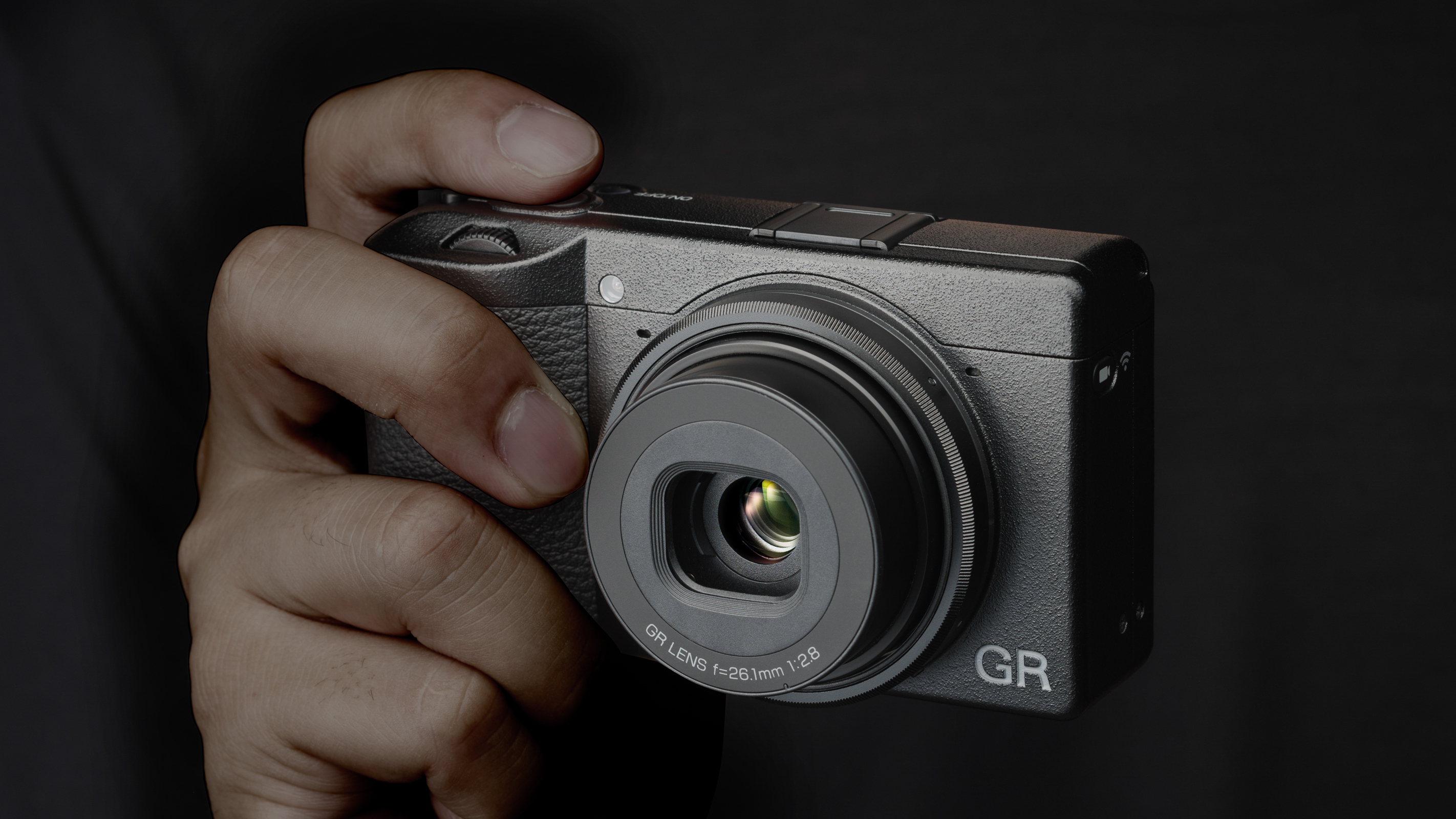Panasonic Lumix GH5 II vs Lumix S5
Panasonic aims the Lumix GH5 II and Lumix S5 at content creators, but which one is the best?
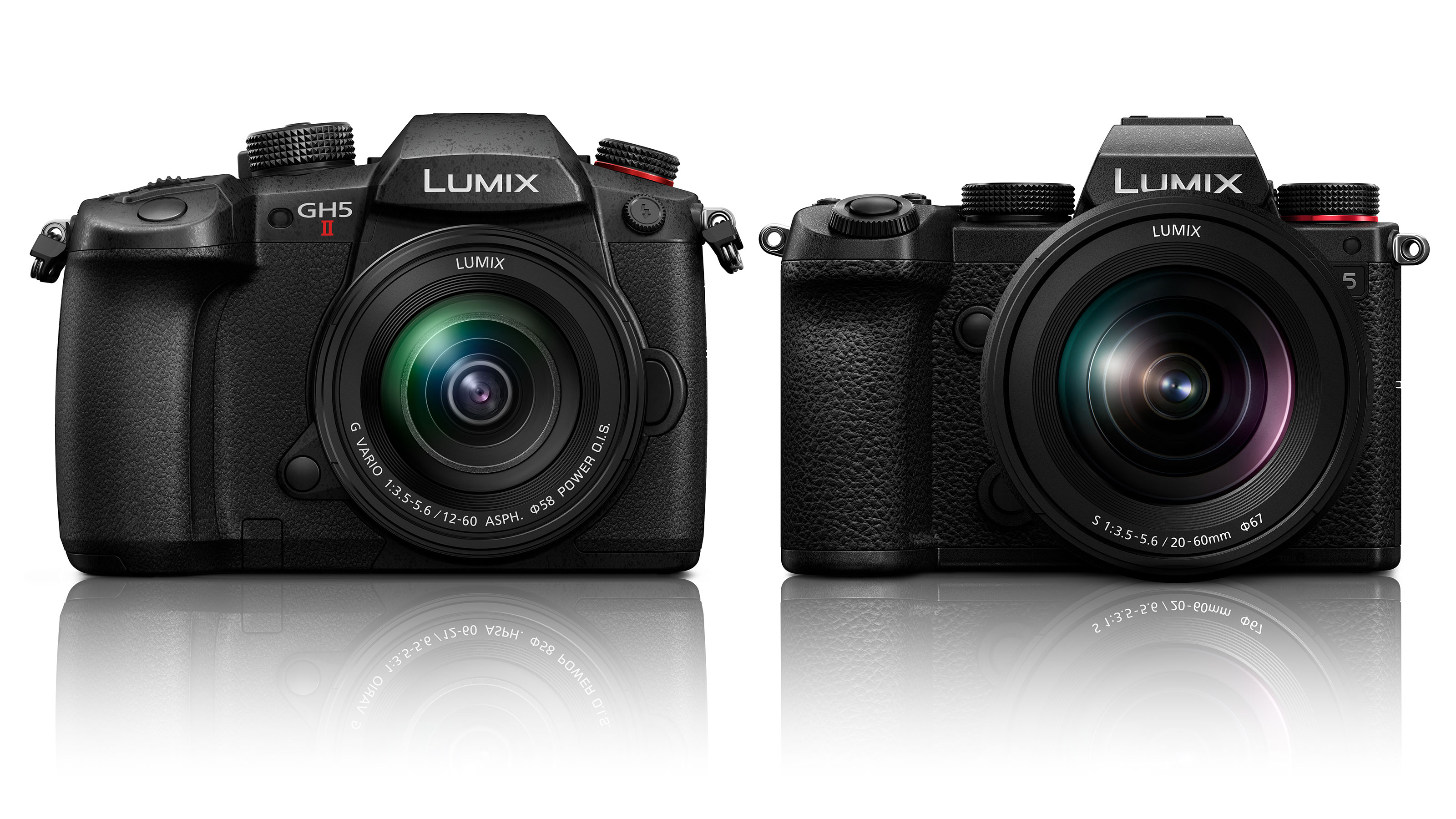
While the Panasonic Lumix GH6 is clearly aimed at filmmakers, the Lumix GH5 II and Lumix S5 are aimed at content creators with a strong interest in video. In the UK there’s only around £150 difference in their street price, while in the USA they are practically the same price, making it tempting to go for the S5 for its full-frame sensor.
But, as usual, there’s more to the story than that, so in this post we’ll take a look at some of their key features to see how the Panasonic Lumix GH5 II and Lumix S5 really compare.
1. Sensor
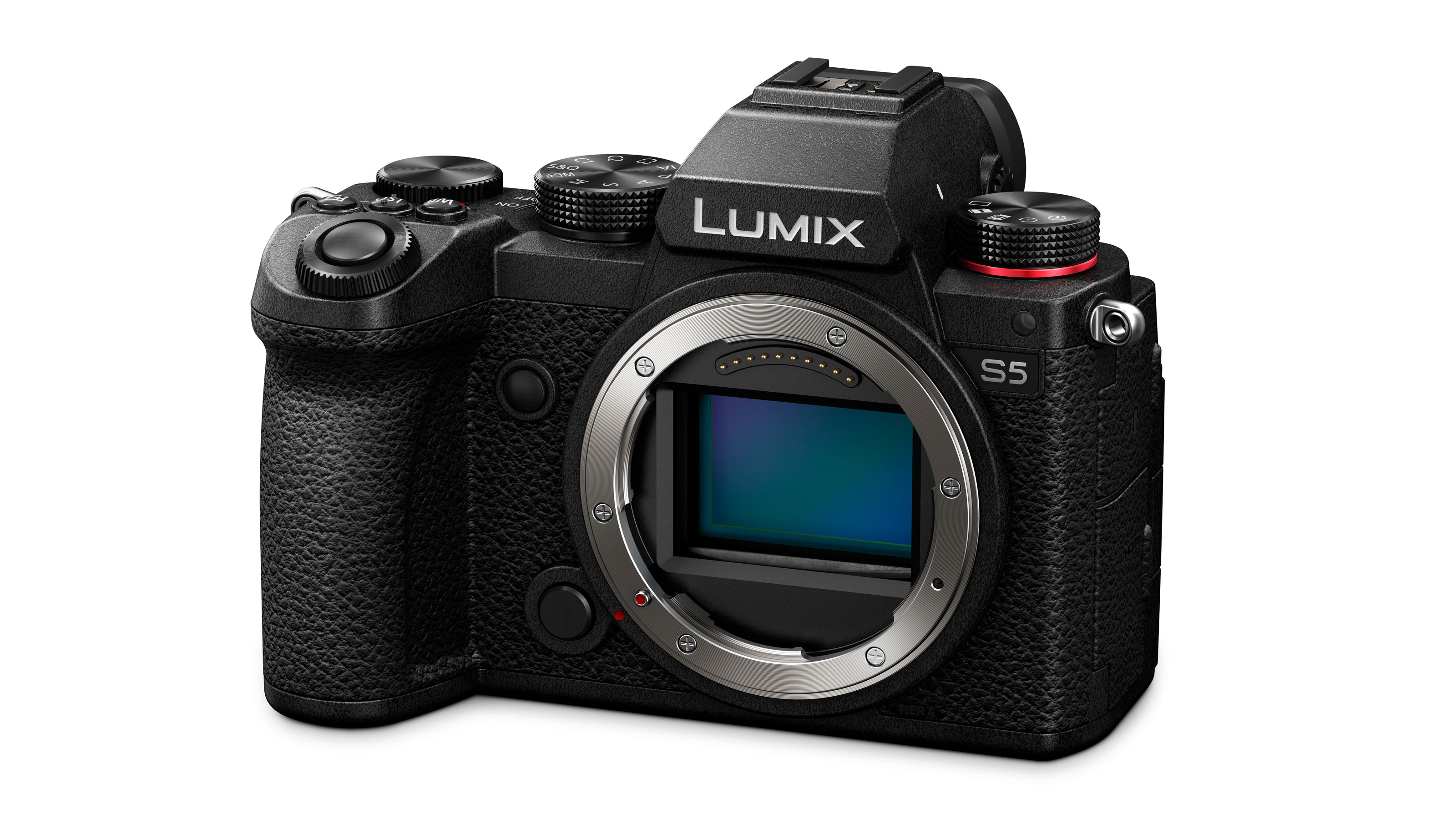
• Panasonic Lumix GH5 II: 20MP Four Thirds (17.3 x13.0mm) CMOS
• Panasonic Lumix S5: 24.2MP full frame (35.6 x 23.8mm) CMOS
The most obvious difference between the two cameras is that the Lumix S5 is a full-frame camera while the GH5 II has a Four Thirds type sensor that is only a little more than a quarter of the size of the S5’s sensor. This means that not only does the S5’s sensor have more pixels, they are larger too, giving the camera an advantage in low light conditions and boosting dynamic range.
Also, because you need to use shorter focal lengths with a Four Thirds type sensor to get the same framing as with a full-frame camera, the S5 is able to restrict depth of field more. Greater depth of field may be an advantage if you’re shooting a landscape, but shallow depth of field often looks more ‘filmic’ and it’s easier to focus attention on your main subject when the background is blurred.
2. Lenses
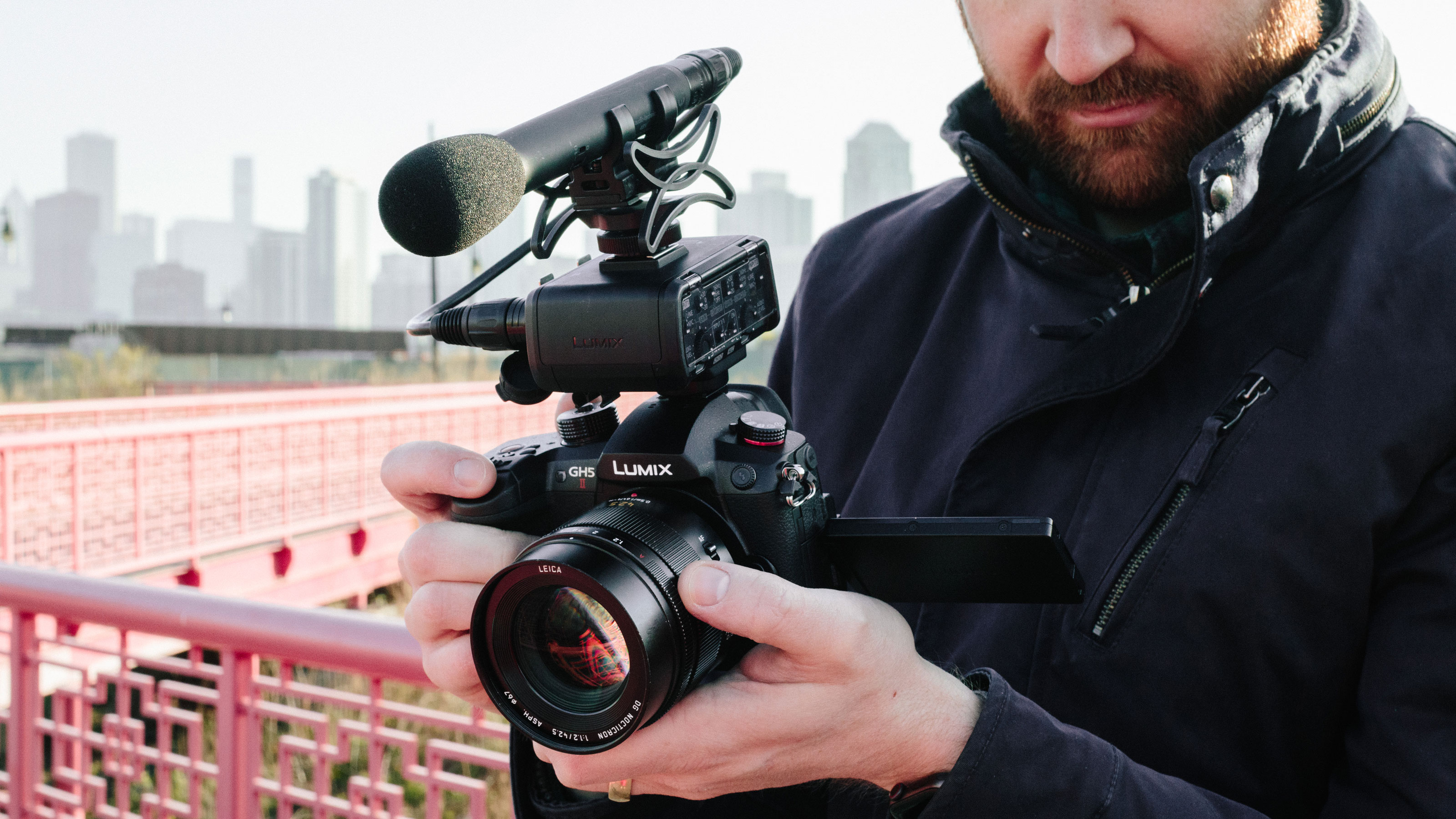
• Panasonic Lumix GH5 II: Micro Four Thirds
• Panasonic Lumix S5: L-Mount
Because Micro Four Thirds lenses only need to produce an image circle that covers a Four Thirds Type sensor, they are smaller, lighter and more affordable than comparable full-frame lenses. Micro Four Thirds lenses have also been in production for longer than L-mount optics, which means there’s a greater number available. However, Panasonic and Sigma have been putting in some effort in this area and there’s an ever-increasing array of L-mount lenses available too.
3. Maximum video resolution
• Panasonic Lumix GH5 II: Internal: C4K (4096x2160), External: C4K (4096x2160)
• Panasonic Lumix S5: Internal: 4K UHD (3840x2160), External: 5.9K (5888x3312) and C4K (4096x2160)
Both cameras are capable of shooting full-width 4K video, however the GH5 II can capture it with 17:9 aspect ratio or 16:9 whereas the S5 is limited to 16:9. The GH5 II can also record Anamorphic 6K video with anamorphic lenses to deliver wider, more cinematic video. The S5 is limited to 4K in anamorphic mode.
The two cameras can also record video externally, but the S5 can do so at higher resolution (5.9K vs C4K) than the GH5 II.
4. Frame rates
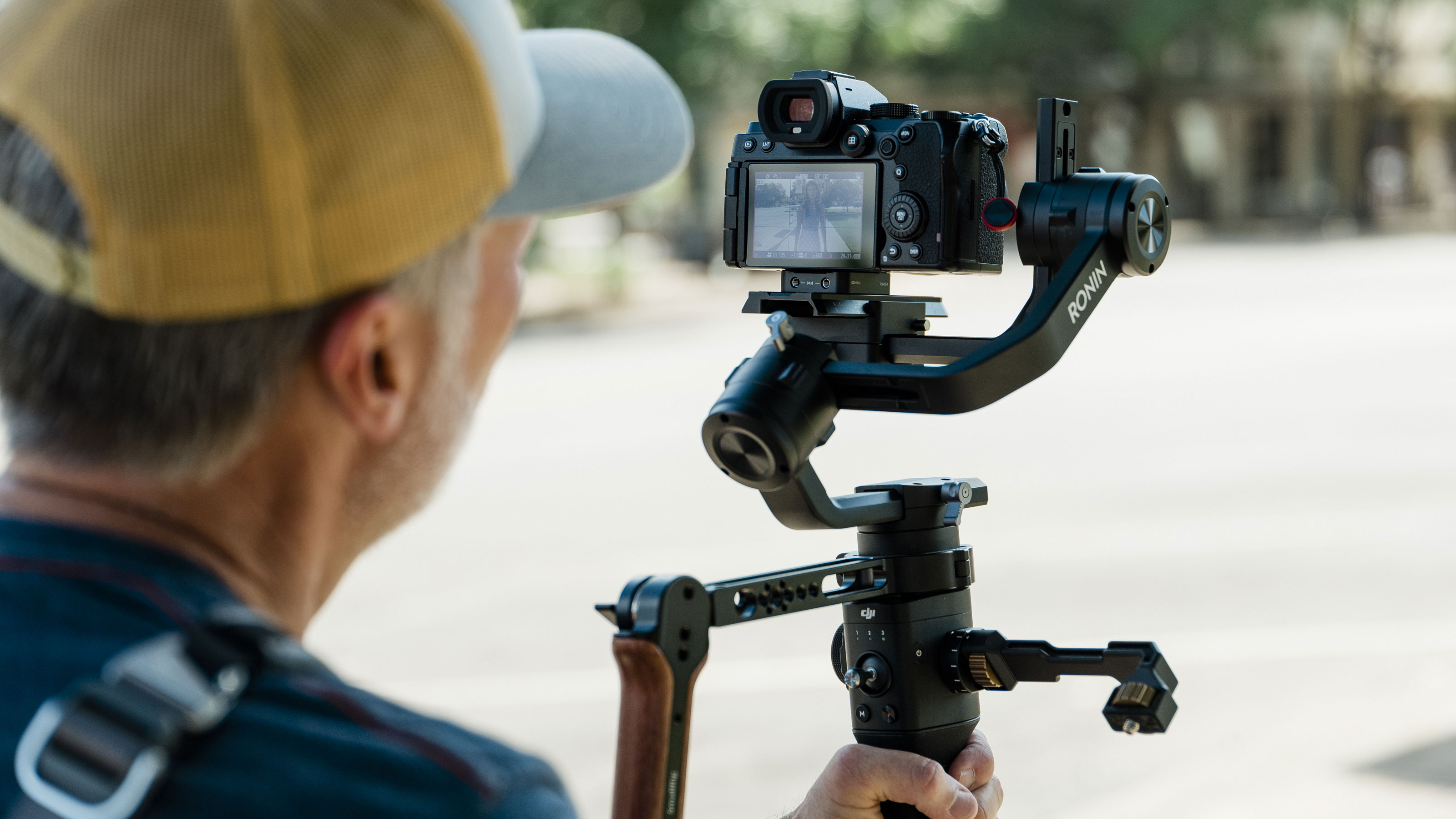
• Panasonic Lumix GH5 II: C4K 60p, FHD 180fps
• Panasonic Lumix S5: 4K UHD 60p (APS-C crop), 30p (no crop), FHD 180fps
While the S5 can capture 4K UHD at up to 60p with an APS-C crop, or 30p with no crop, the GH5 II can capture C4K video at up to 60p without an additional cropping. The GH5 II also has a variable frame rate (VFR) mode in which it can shoot FHD footage at up to 180fps.
Similarly, the S5 has a Slow & Quick motion mode for creating slow- and quick-motion videos. When this is selected, 4K video can be recorded at 60fps while Full-HD footage can be recorded at up to 180fps.
5. Compression
• Panasonic Lumix GH5 II: Long GOP, All-Intra
• Panasonic Lumix S5: Long GOP only
The two cameras are capable of recording video with Long GOP compression, but only the GH5 II can use All-Intra compression. When All-Intra compression is used, each frame is compressed individually and they are all complete. However, when Long GOP (Long Group of Pictures) is used, the camera records a key frame with the full image information then a group of ‘P' and ‘B’ frames. ‘P’ frames have the ‘motion compensated’ difference information compared to previous frames while ‘B’ frames contain predictive difference information based on previous frames. This enables the video to be made smaller while still delivering high-quality footage. All-Intra video, however, is theoretically better and is likely to be a better choice for videos with a lot of fast action.
7. Bit rate and colour
• Panasonic Lumix GH5 II: 400Mbps, 4:2:2 10-bit
• Panasonic Lumix S5: 200Mbps, 4:2:2 10-bit
With a maximum bitrate of 400Mbps, the GH5 II arguably has more clout that the S5 but this is likely countered by the quality from the S5’s large sensor and pixels. The two cameras are also closely matched for their colour capability with both able to record 10-bit 4:2:2 footage, which means they have a greater range of tones available than the footage that they capture in 8-bit 4:2:0 mode.
Both cameras also have a range of Photo Styles that can be used for capturing stills or video. On the S5 these include V-Log for capturing flat footage that’s suitable for grading. Meanwhile the GH5 II has V-Log L which is designed to work with the more limited dynamic range of the sensor – 12EV vs the 14EV of the S5 in V-Log mode.
8. Size and weight
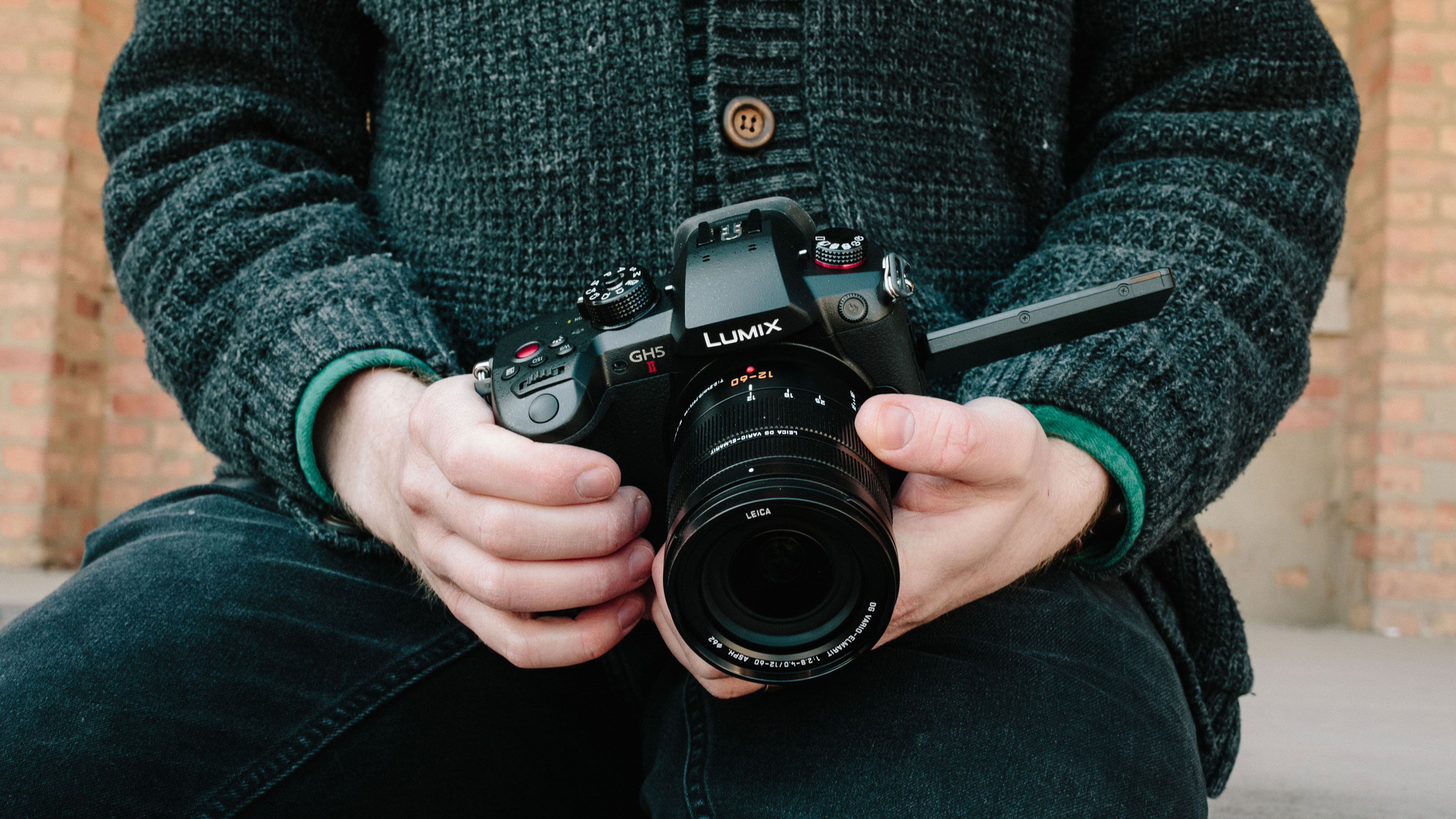
• Panasonic Lumix GH5 II: 138.5 x 98.1 x 87.4mm, 727g with SD card and battery
• Panasonic Lumix S5: 132.6 x 97.1 x 81.9mm, 714g with SD card and battery
Given how much larger the sensor inside the S5 is than the GH5 II’s, you’d logically expect the full-frame camera to be bigger and heavier, however as the dimensions show, the opposite is true. That said, there’s more to photography and videography than the camera, as the lenses also need to be factored in. Full-frame lenses are significantly larger and heavier than Micro Four Thirds optics, so overall an S5 kit is likely to be heavier to carry and use.
Panasonic Lumix GH5 II vs Lumix S5: conclusions

The Panasonic Lumix GH5 II and Lumix S5 are both very capable hybrid cameras but, in many respects, the GH5 II has a little more to offer videographers. The Lumix S5, on the other hand, is a slightly better choice for photography. So, provided you are happy to carry heavier lenses, the S5 is the camera to go for if stills have a higher priority than video, but the GH5 II is a better choice if you prioritise video over stills or you want to keep the weight of your kit down.
Get the Digital Camera World Newsletter
The best camera deals, reviews, product advice, and unmissable photography news, direct to your inbox!
Angela has been testing camera gear from all the major manufacturers since January 2004 and has been Amateur Photographer’s Technical Editor and Head of Testing for Future Publishing’s photography portfolio (Digital Camera Magazine, PhotoPlus: The Canon Magazine, N-Photo, Practical Photoshop, Photography Week and Professional Photography magazines, as well as the Digital Camera World and TechRadar websites). She is the founder of SheClicks - a community group that encourages and supports female photographers.

